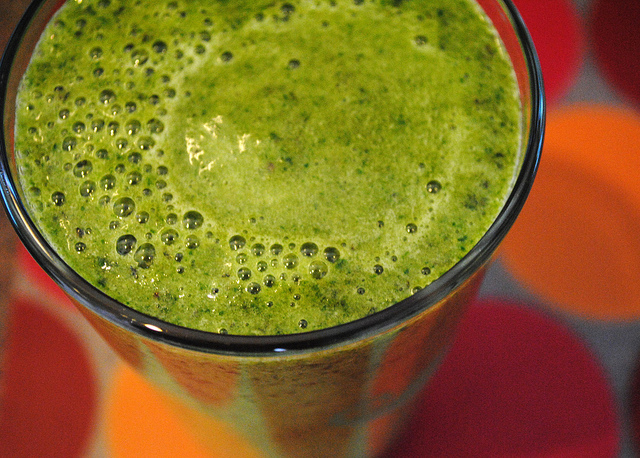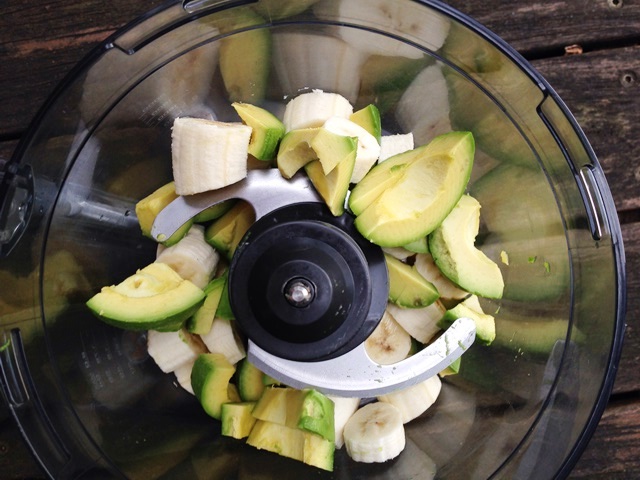- Home
- Blog
- Healthy Weight Loss
- The Raw Food Diet – an overview
The Raw Food Diet – an overview
Written by Catherine Saxelby
on Wednesday, 23 April 2014.
Tagged: healthy weight loss, vegetables, vitamins, weight loss

Over the years the Raw Food Diet has waxed and waned in popularity. It was around in the 1980s with Leslie and Susannah Kenton’s Raw Energy movement. This spawned several books about the advantages of a raw diet plus the usual accompanying recipe books. Now, some 30 years later, the Raw Food Diet is popular with a whole other generation of people looking for ways to stay trim. So what is it?
What is the Raw Food Diet?
This diet is based on eating foods that have not been heated above 40°C (104°F), which is slightly over body temperature (37°C). The rationale behind this is that the raw foodies claim that cooking destroys nutrients, and also forms harmful chemicals in food. While this is partly true, it is NOT the whole story.
What you can eat on the Raw Food Diet
It's hard to maintain a 100% raw food regime. It’s so easy to ‘forget’ that something isn’t raw, e.g. in a salad of grated zucchini, basil leaves, lemon and quinoa, the quinoa has been first cooked by steaming or bringing to the boil and then cooled and mixed. Or coffee and tea – we never think of them as ‘food’ but on a raw diet you can’t have them because the water is boiling and the coffee has first been roasted. All grains, legumes and starchy vegetables have to be cooked to be able to be digested. So what can you have? Any of the following:
- Raw fresh fruit, vegetables, salads
- Sun-dried tomatoes and capsicums
- Nuts, seeds
- Raw almond butter or cashew cream
- Nut "milks"
- Sprouted grains and legumes
- Fermented foods such as miso, kimchee, sauerkraut, kombucha, kefir (not strictly raw as the milk has to be pasteurised by law)
- Raw cacao nibs
- Cold-pressed virgin oils such as extra-virgin olive oil, raw virgin coconut fat, chia oil
What you can’t eat on the Raw Diet
- Grains and legumes (chick peas, lentils, soy beans) other than the sprouted variety as they have to be boiled first or ground into flour and baked/heated in some other way.
- Potato and most starchy root vegetables like parsnip, pumpkin, kumara and yams as they also need to be cooked. Their raw starch granules must first be gelatinised so they burst and can be digested.
- Anything cooked above 40°C (104°F).
Raw foodies can be divided between those who advocate raw veganism, those who advocate a raw vegetarian but not vegan diet, and those who advocate a 100% raw omnivorous diet including meat and fish.
Some raw foodies eat unpasteurized/non-homogenized dairy products (such as raw milk, raw milk cheese, and raw milk yoghurt) but you can only get these if you own a farm in Australia as they are legally not available for sale. So if you’re going 100% raw in Australia you’re going to lose out on the nutrition provided by dairy foods. Other products eaten by raw omnivores include: raw eggs, raw meat (think carpaccio or steak tartare) and raw fish (think sashimi or ceviche).
Raw Pros
- You’ll boost your intake of vitamins, minerals, fibre and phytochemicals (plant antioxidants) from your fresh uncooked fruit, vegetables and salads as cooking can reduce levels of heat-sensitive vitamins such as vitamin C, vitamin B1 and folate.
- You’ll be well and truly exceeding the recommended daily intake of 5 vegies and 2 fruits.
- You’ll be eating big on volume but low in kiljoules (Calories). A large bag of mixed salad leaves with no dressing weighs 200 g yet supplies only 210 kJ/50 Cals. Good for weight loss.
- You’ll be avoiding the potentially harmful compounds formed in food during high heat cooking, such as advanced glycation end products and heterocyclic amines (HCAs) and polycyclic aromatic hydrocarbons (PAHs). Think deep fat frying and burnt barbecued foods.
- You’ll use less energy – raw food is viewed as a more environmentally friendly form of eating.

Raw Cons
- While cooking lowers some nutrients, it can increase the bio-availability of others, like beta-carotene (in carrots and pumpkin) and lycopene (in tomatoes).
- Cooking (heat) kills bacteria, which helps you avoid food poisoning.
- Cooking and processing reduce the anti-nutritional factors such as phytates in whole grains and anti-trypsin compounds in nuts and legumes which would otherwise inhibit the absorption of some nutrients.
- Many foods cannot be eaten without being first cooked e.g. most spices must be cooked to release their aromatic oils.
- There’s no proof that eating only raw foods prevents illness.
- Harvard biological anthropologist, Dr Richard Wrangham, wrote a book “Catching Fire: How Cooking Made Us Human” and argues that the ability to cook our food greatly increased the quantity and variety of foods available to early humans and enabled us to evolve our large brains to become the dominant species on the planet. He suggests that cooking itself ended up becoming a primary focus of human social activity.
- Eating only raw foods makes travelling a little difficult. We’re always advised not to eat raw when travelling especially in developing countries where the water that salads etc., are washed in may not be safe and the freshness or wholesomeness of other ingredients like meat and fish may be suspect.
Green smoothie photo from ktmadeblog via photopin cc
You may also be interested in...
Jemma O'Hanlon
The Good Stuff
The Boring Stuff
© 2025 Foodwatch Australia. All rights reserved
Website by Joomstore eCommerce






